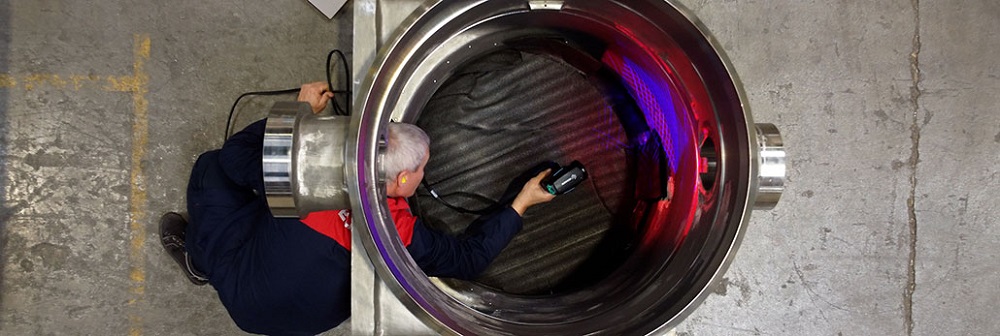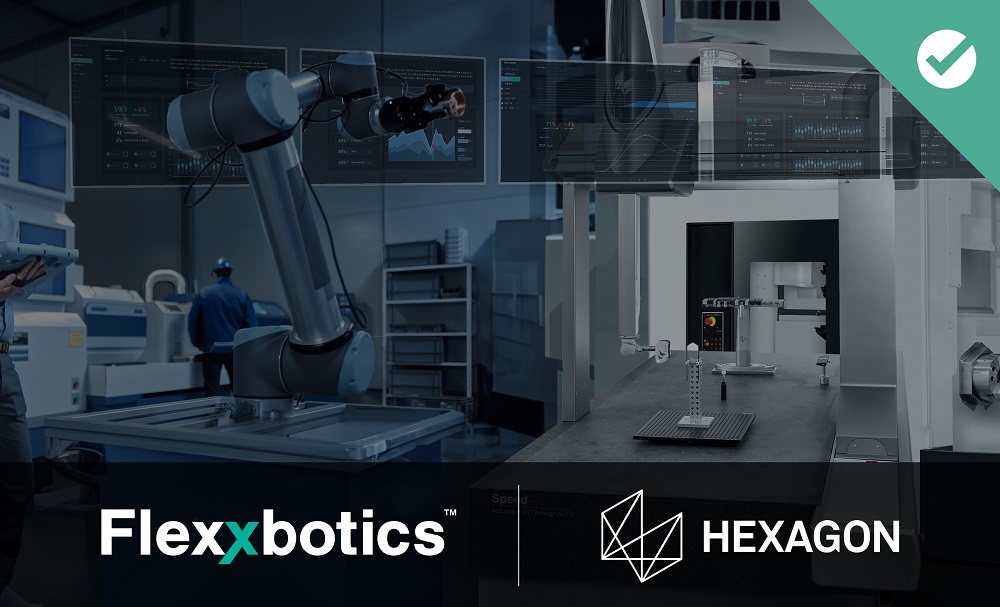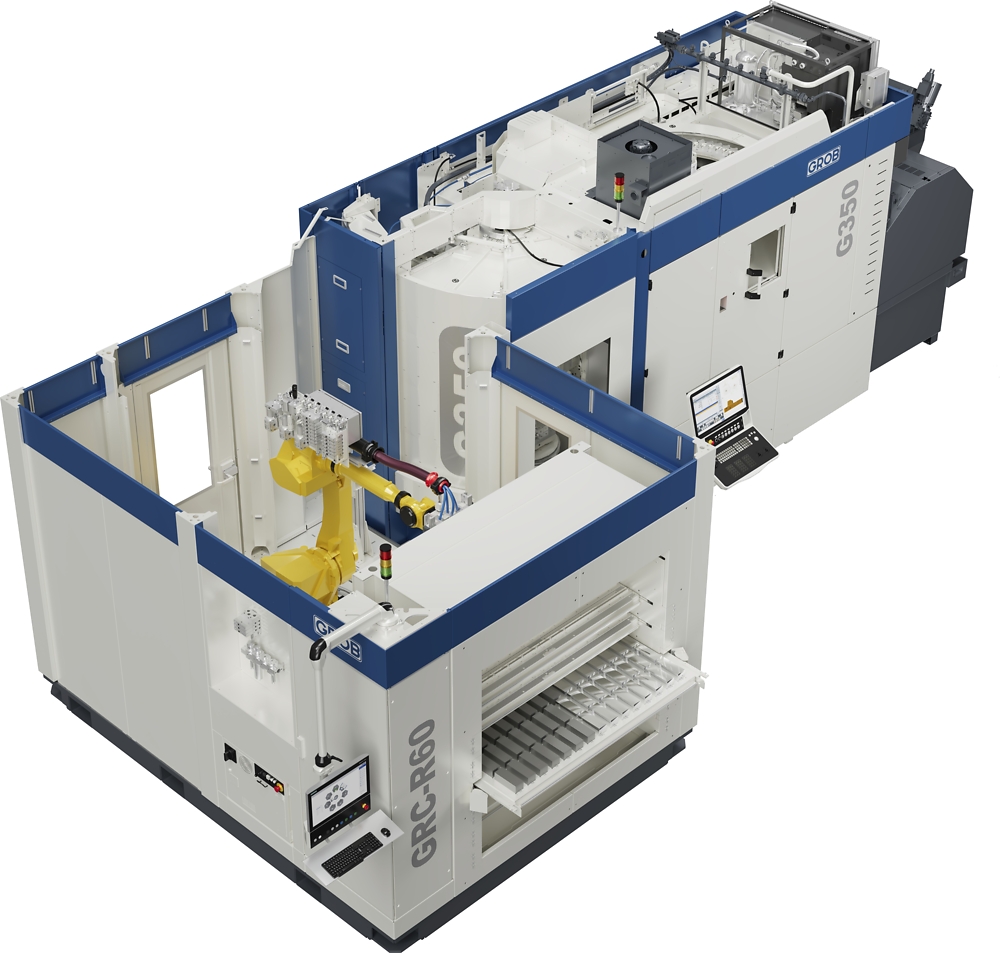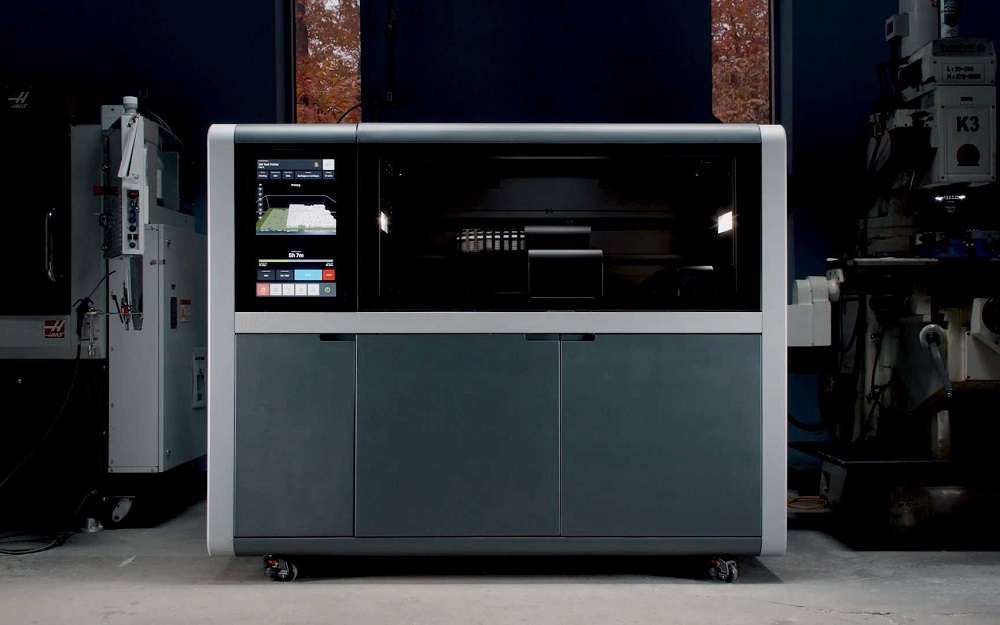Hexagon’s first handheld 3D scanning devices enable engineers and manufacturing
personnel to scan what they need in a wide range of environments, inside and outside
factory walls. Two new portable devices, the AtlaScan Max and MarvelScan are for
measuring parts in a broad spread of inspection environments that include applications in
automotive, rail, industrial equipment and general manufacturing, as well as heritage and
restoration projects.
“Today, manufacturing and engineering teams recognise the value of up-to-date 3D scans
throughout the product lifecycle,” says Pirmin Bitzi, general manager for portable measuring
devices at Hexagon. “Almost anyone might need to perform a metrology-grade scan of a
part regardless of their location. Our first handheld 3D scanners enable customers to
digitalise parts without worrying about fixturing or environmental conditions, and
MarvelScan’s integrated photogrammetry system aligns to reference targets without the
need for stickering. Wireless and ergonomic, the scanners provide a seamless, instant
scanning experience from the shop floor to the shipyard.”
AtlaScan Max and MarvelScan users can adapt workflows on the fly using ergonomic,
thumb-operated controls that streamline 3D scanning processes in confined spaces and
rugged or outdoor environments. Eliminating the need to access a control PC during
measurement, this multi-mode scanning enables the efficient measurement of different
feature types and surfaces. For example, users can scan open surfaces in Standard mode,
then quickly switch to Fine mode using the on-device controls for higher resolution on
intricate features. Crucially, the data collected under these different modes are
automatically combined into a single, workable point cloud.
The new devices also eliminate the need to fixture parts prior to measurement, which
contributes to significant time savings and allows greater measurement flexibility.
More information www.hexagon.com



















